gopura
sk गोपुर gopura, "elaborate gateway" |
Gopura in Indian architecture refers to a tower above a gateway or archway, "towers at the entrances of a temple". The term is also used as saṃdoha, a "meeting place" of the Yoginis.
by Louis Delaporte
Major essay on Khmer architecture, past and pre-modern.
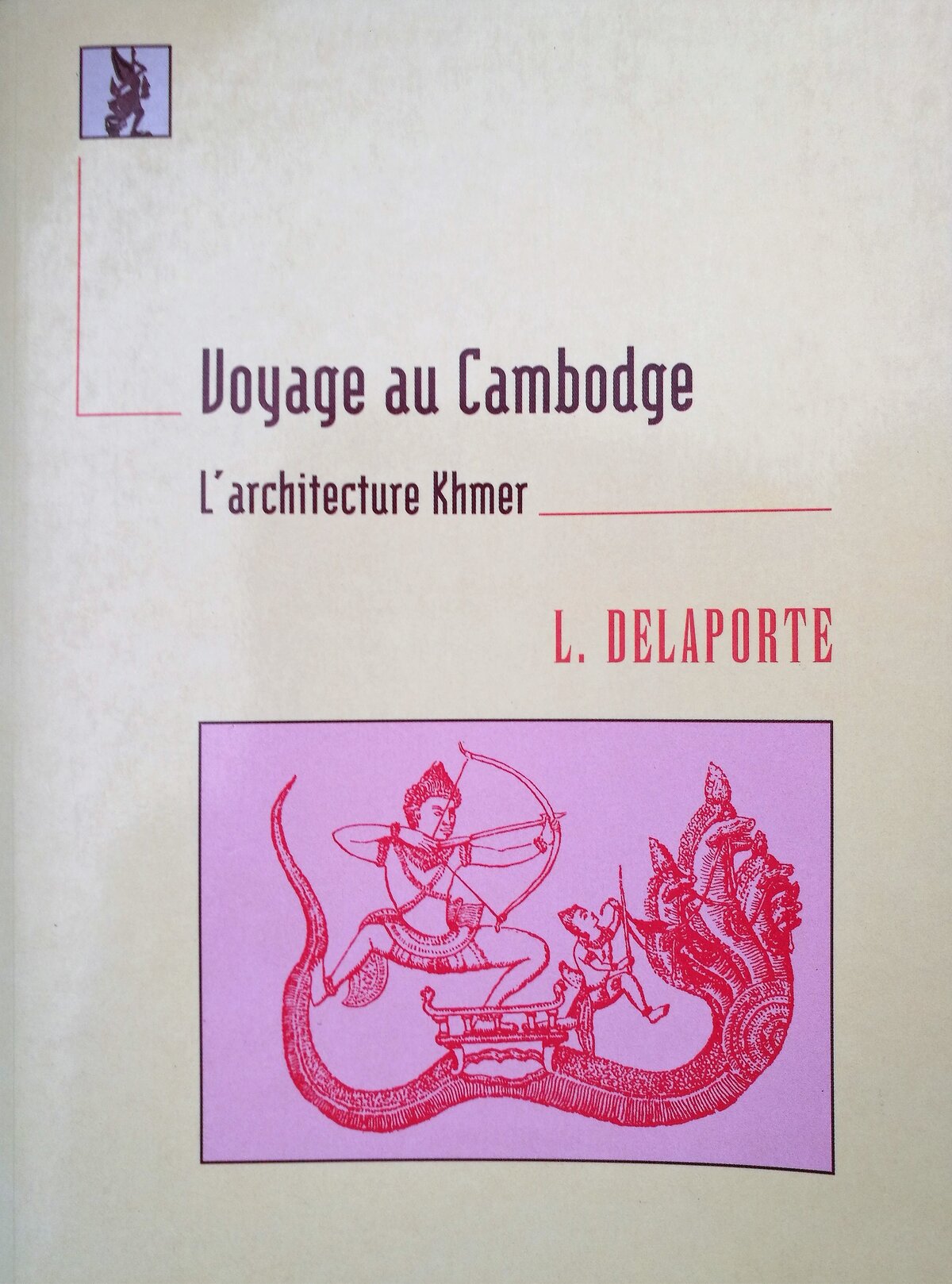
Type: hardback
Publisher: Maisonneuve et Larose | Paris
Edition: Reedition 1999
Published: 1880
Author: Louis Delaporte
Pages: 315
ISBN: 978-2706813740
Language : French
ADB Library Catalog ID: ARK1
Explorer and artist Louis Delaporte was the first to extensively document not only the South East Asian archeological treasures but also the daily life of Khmer, Lao and Thai people at the dawn of the 20th century. Contemporary architects draw inspiration until our days from his observations on the traditional Khmer village house.
The diversity of considered themes, the multidisciplinary approach of Khmer history and art by such a true-to-form ‘Renaissance man’, makes any attempt of summary quite futile. In the future, we’ll develop in detail angles studied by the author. We will start with the chapter ‘Analogies de l’architecture khmere avec l’architecture d’autres pays’, an impressive essay in comparative architecture.
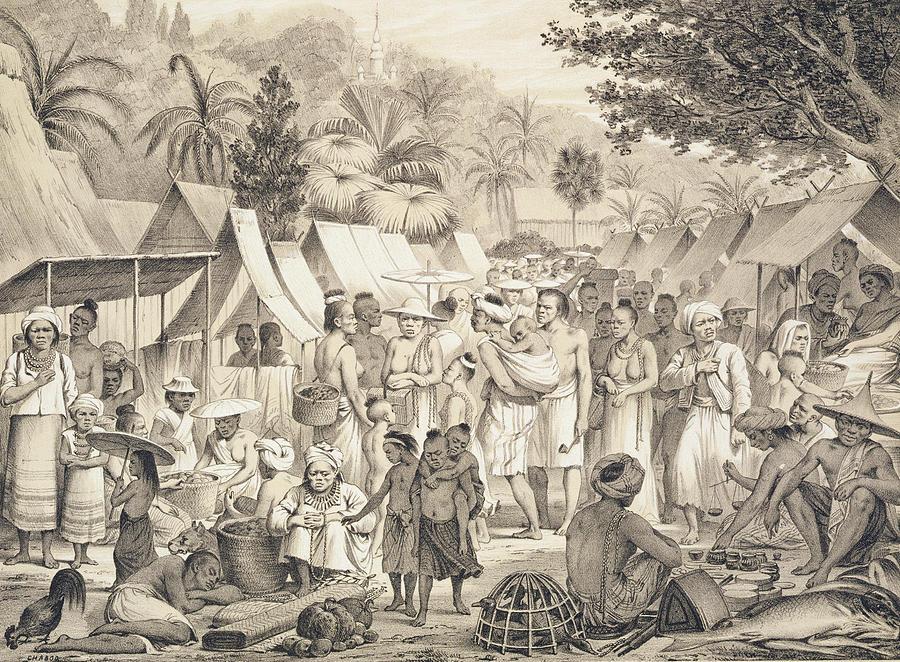
A market in Luang Praban, Laos, seen by Louis Delaporte one century ago.
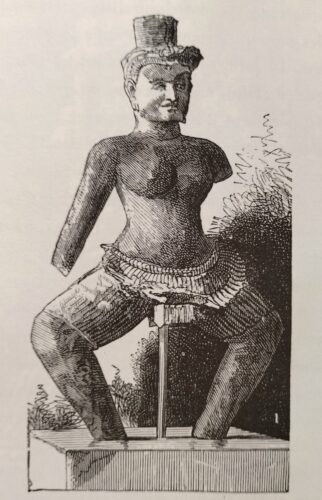
‘Statue de femme dans l’attitude de la danse, gopura de Ka Keo a Koh Ker’: this statue of a female dancer was initially deposited by Delaporte at the Musée Khmer, then transferred to Musée Guimet.
Tags: architecture, drawings, Preah Khan Kompong Svay, Bayon, archaeology, museums, multidisciplinary studies, comparative architecture
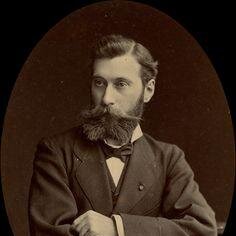
Louis Marie Joseph Delaporte (11 Jan. 1842, Loches, France- 3 May 1925, Paris) was a French Navy officer, a drawing artist, cartographer and explorer who developed an interest in Cambodia and Khmer art after joining Doudart de Lagree’s Mission in 1866 – 1867, before organizing his own two archaeological missions (1873 and 1881 – 2), launching in 1875 the Musee khmer de Compiègne, a collection of original artefacts and plaster, clay or paper casts later transferred to Musee indochinois du Trocadéro, which he directed, and donated to Musée Guimet after his death in 1925.
Arrived in Indochina in July 1865, he was appointed to the Mission d’exploration du Mekong and left Saigon on 6 june 1866 with the rest of the group led by Doudart de Lagrée as a draughtsman and ‘responsable de l’intendance’, a kind of quartermaster whom Francis Garnier dismissively called “chef de gamelle” [grub supervisor]. Even if his first drawings made in Angkor and Laos were deemed insufficient, he illustrated Garnier’s first relation of the Mission, published in 1873. Later, the attribution of many photographs taken in the Khmer temples became subject to controversy.
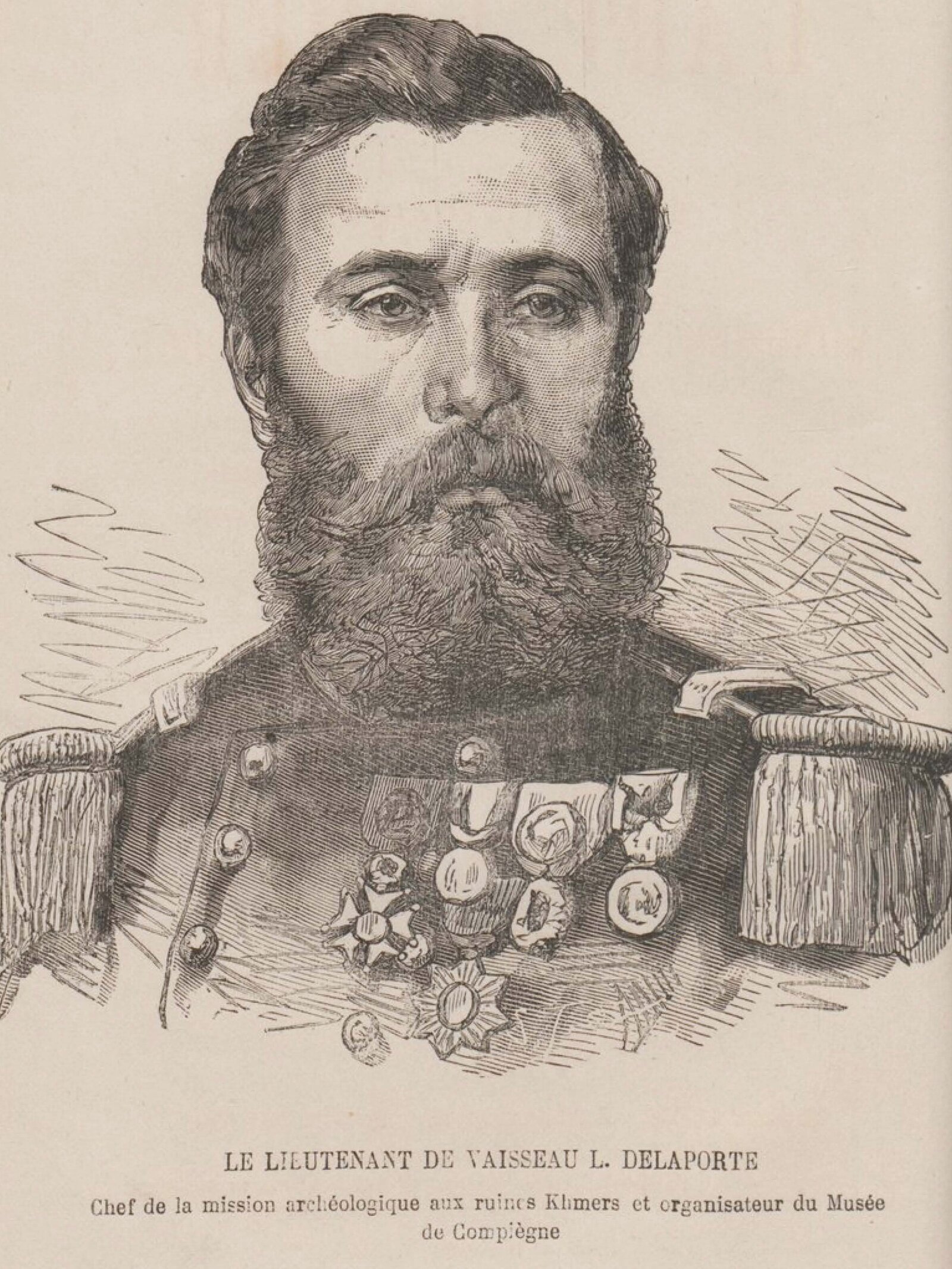
Passionate about ancient Khmer art yet also ambitious and still dreaming of succeeding where De Lagrée had failed, Delaporte led two exploration missions in 1873 (23 Jul.-13 Oct.) and 1881 (13 Oct. 1881- 18 Feb.1882), the second one with the moral support of France’s Société de Géographie. Between the first and second expeditions, political winds had changed in France, and it took him some hard work to convince to convince the respective ministries to back him again. Also, the results of the first adventure had been wrapped in controversy.
When he had sailed back to Phnom Penh from Angkor on 10 Oct. 1873 aboard Javeline corvette with sculptures and statues from Beng Maelea temple, Jean Moura, then French Protectore representative in Cambodia, was happy to help — some ancient Khmer lintels later embedded in the walls of Moura’s family house in Moissac (France) came in this way. Back in France with numerous pieces of Khmer sculpture and architecture - the exact number remains unknown, even if we know that 102 crates arrived in Paris in mid-January 1874, plus 114 in 1892‑, he maintained they had been lawfully sourced but the Louvre Museum refused to accept them. The 1878 Paris Exposition Universelle gave him a chance to attract public attention to the Khmer artefacts.
Later on, Delaporte attempted to ‘supervise’ Lucien Fournereau’s mission to Angkor in 1887 – 1888. The latter found Delaporte lacking of architectural, archaeological and writing skills, and obliquely criticized Delaporte’s Voyage au Cambodge: L’architecture khmere (1880) in his book Les ruines d’Angkor: étude artistique et historique sur les monuments khmers du Cambodge siamois. The drawings of Khmer sites executed by Fournereau, who had studied architecture, or Felix Faraut, are considered more informative than Delaporte’s. And the notations by Dr Jules Harmand, who was the physician on the two expeditions, have also found more credit among the specialists.
Ultimately, despite the saga of the Compiègne and Trocadéro collections (it was only in 1910 than George Coèdes did establish a scientific catalog, and many if not all of the original plaster casts were finally left to decay after they were transfered for storage to a damp basement northeast of Paris), Louis Delaporte, whose dream had been to “create an Indochinese Museum at the Louvre,” succeeded in building up the first dedicated collection of Khmer art in France, a feat which nurtured further research and set it apart in the “colonial” or “ethnographic” French tradition of museology. And even if the scientific establishment often challenged his proficiency, he personally put in place a substantial, multilingual library at the Trocadéro Museum.